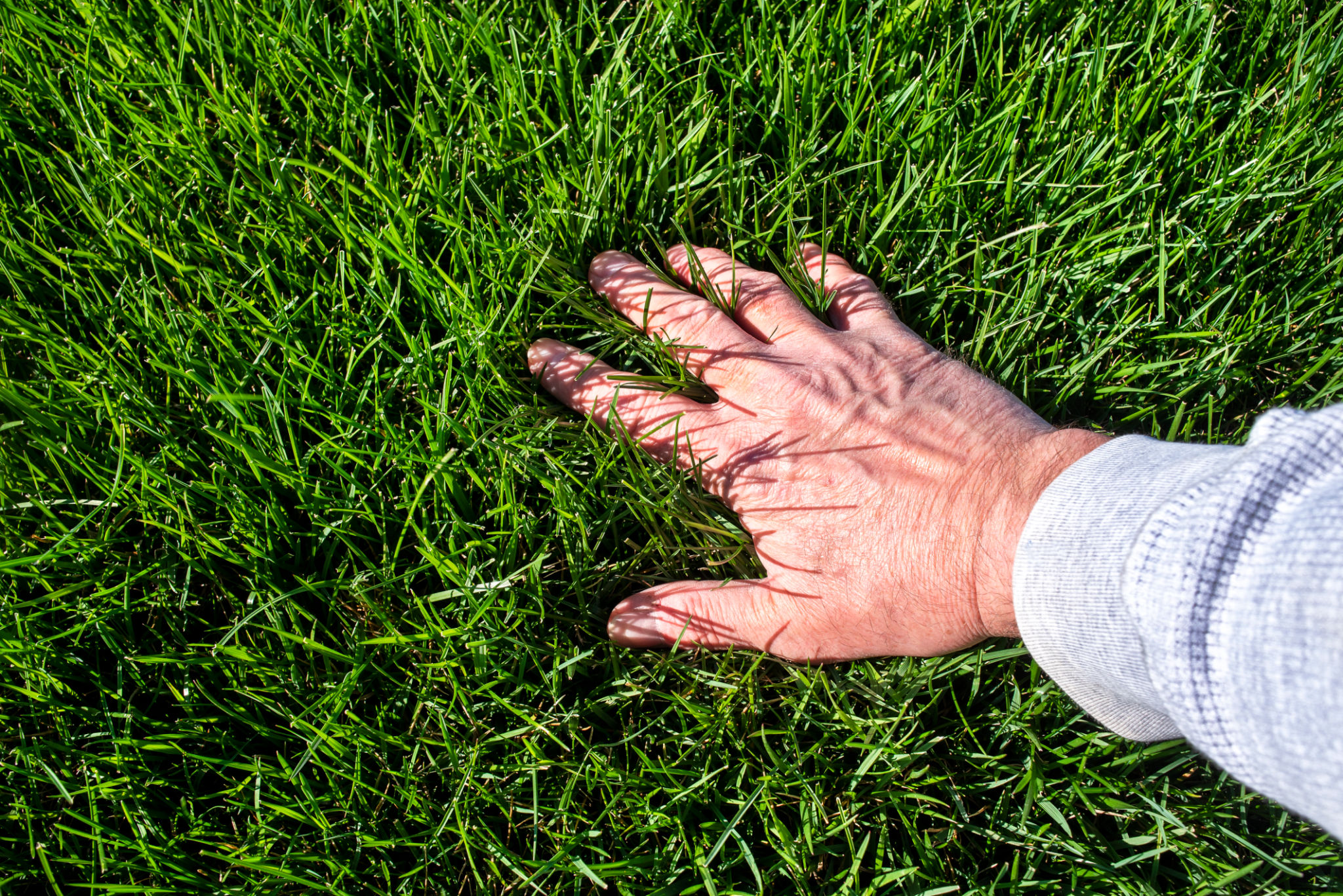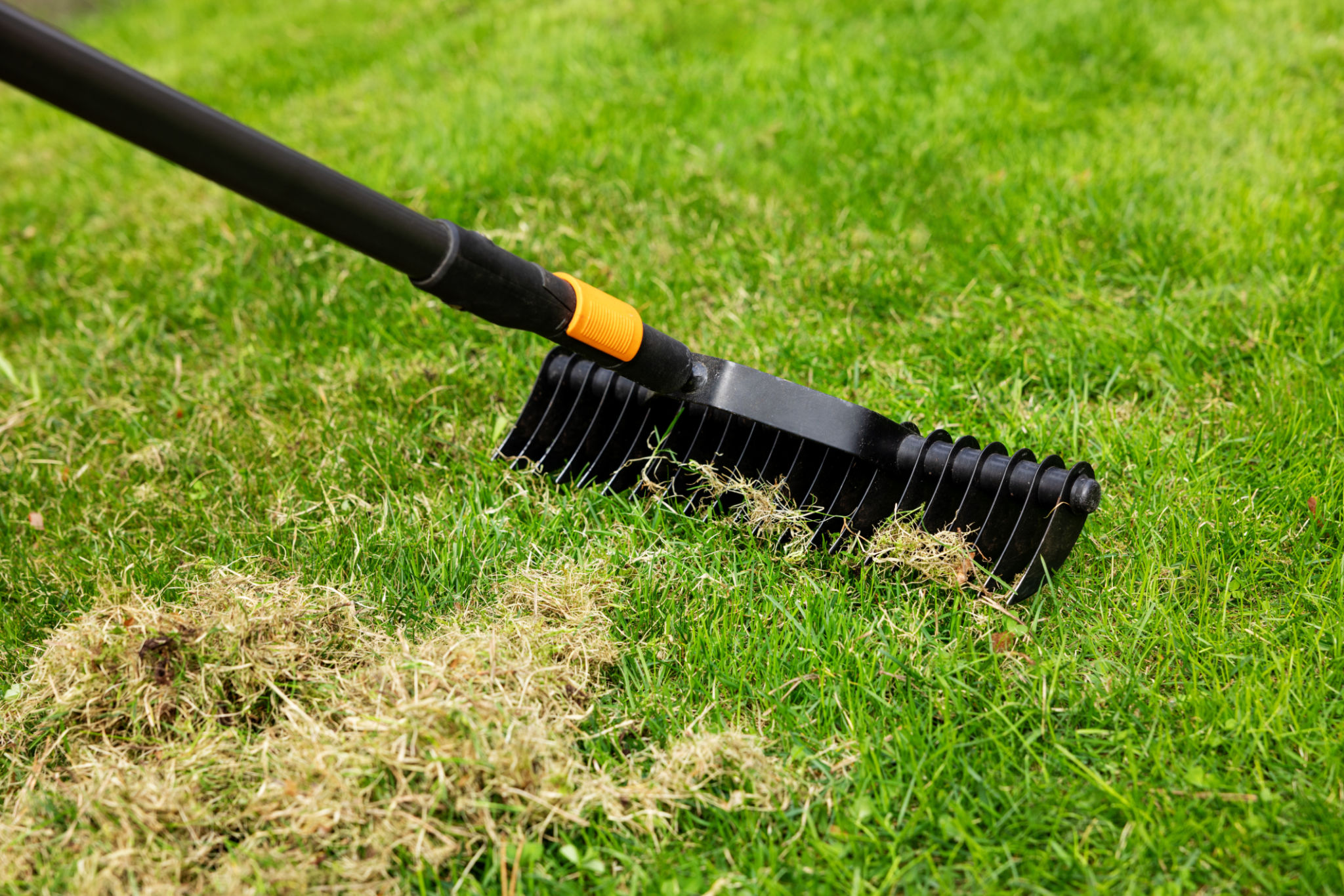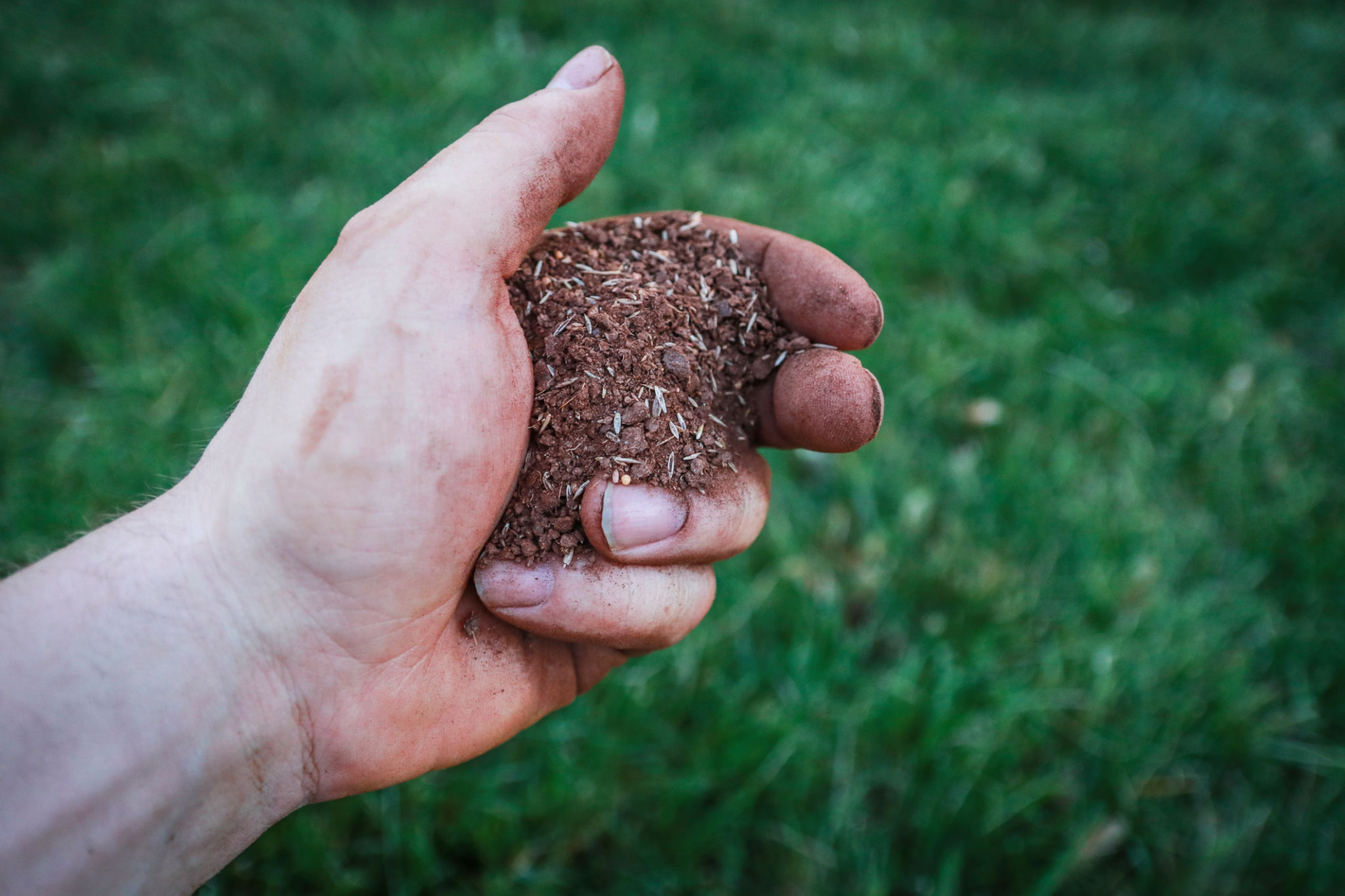Preparing Your Lawn for Winter: Essential Tips for Essex County Residents
Assess Your Lawn's Current Condition
As the seasons change, it's crucial to assess your lawn's current condition before preparing it for the winter months. Start by walking around your lawn and noting any areas that may need special attention, such as bald patches or areas with compacted soil. Understanding these issues will help you tailor your winter preparation efforts effectively.
Check for signs of disease or pest infestations. These can worsen over winter if not addressed promptly. If you notice any problems, treat them accordingly to ensure a healthy lawn come spring.

Perform a Thorough Cleaning
Cleaning your lawn is an essential step in preparing for winter. Begin by removing fallen leaves, debris, and any dead plants from your lawn. This helps prevent mold growth and allows your grass to breathe. A clean lawn also makes it easier to identify areas that need further attention.
Consider using a rake or leaf blower for larger areas. For smaller patches, a simple hand rake will suffice. Regular cleaning ensures your lawn remains healthy and well-prepared for the upcoming cold months.
Aerate Your Lawn
Aeration is a critical process that involves perforating the soil with small holes to allow air, water, and nutrients to penetrate the grass roots. This helps alleviate soil compaction and promotes stronger root growth. For residents in Essex County, where clay soil is common, aeration is particularly beneficial.

You can rent an aerator from a local garden center or hire a professional service to do the job. Aim to aerate your lawn before the first frost sets in for optimal results.
Fertilize for Winter Resilience
Applying a high-quality winter fertilizer can help your lawn store essential nutrients and strengthen its resilience to harsh winter conditions. Look for a fertilizer with higher potassium content, as potassium aids in root development and disease resistance.
Follow the instructions on the fertilizer package for the correct application rate. It's best to fertilize after aeration for maximum nutrient absorption.

Adjust Your Mowing Habits
As the weather cools, gradually reduce the height of your mower blades. Cutting the grass shorter before winter prevents snow mold and other fungal diseases. However, avoid cutting it too short, as this can stress the grass.
For Essex County lawns, aim for a final mowing height of around 2 inches before the first hard frost. This provides enough protection while minimizing potential issues.
Water Wisely
While it's important to reduce watering as temperatures drop, don't neglect your lawn entirely. Ensure your lawn receives enough moisture until it goes dormant. This helps maintain root health throughout winter.

A good rule of thumb is to water deeply but less frequently, ideally early in the morning to prevent excess moisture overnight.
Control Weeds
Weeds can be particularly persistent and may compete with your grass for nutrients during winter. Apply a pre-emergent herbicide in the fall to prevent weed seeds from germinating during the colder months.
This proactive approach will help ensure a healthier, weed-free lawn when spring arrives.
Consider Overseeding
If your lawn has bare spots or patchy areas, consider overseeding before winter sets in. Choose a grass seed blend that suits Essex County's climate and your specific lawn conditions.

Overseeding helps fill in gaps and encourages thicker growth once temperatures rise again. Be sure to keep the newly seeded areas moist until they are well-established.
